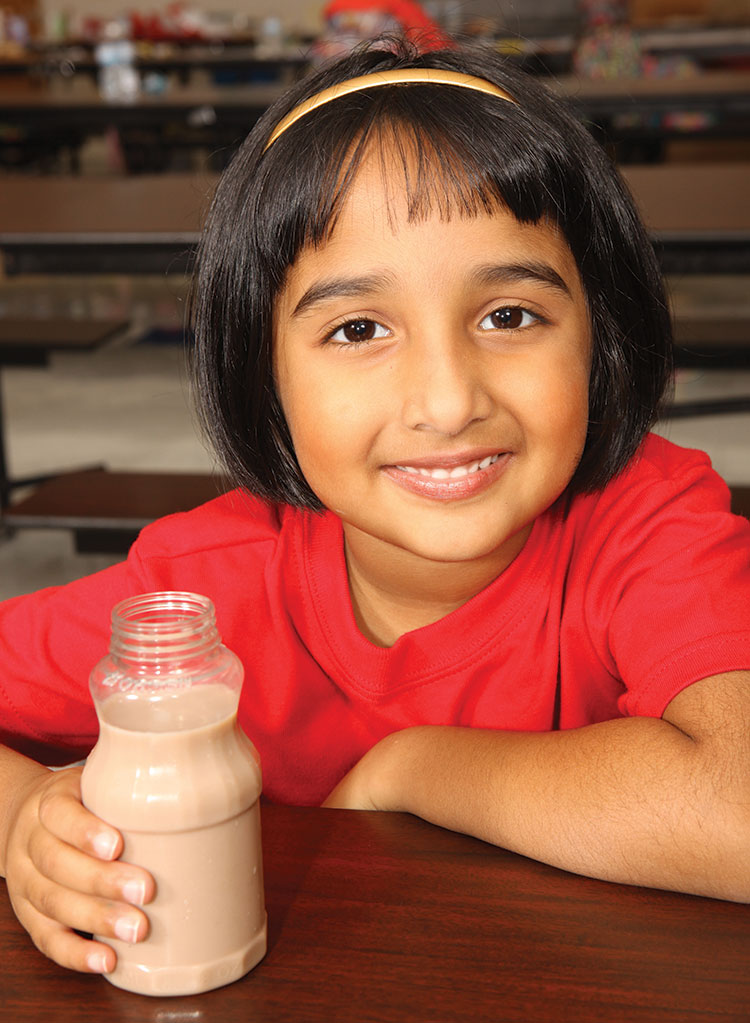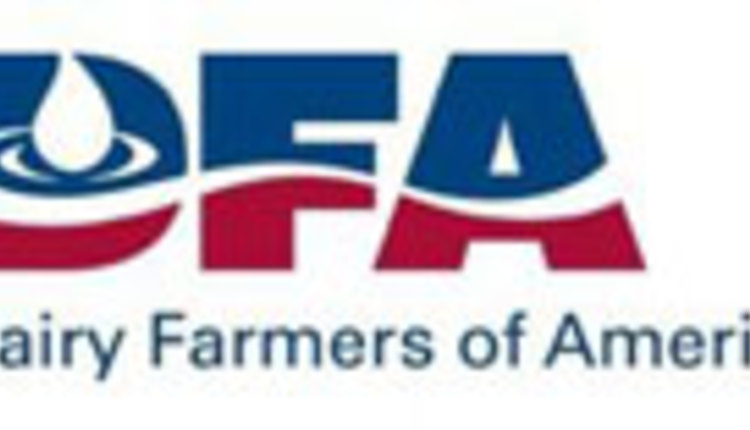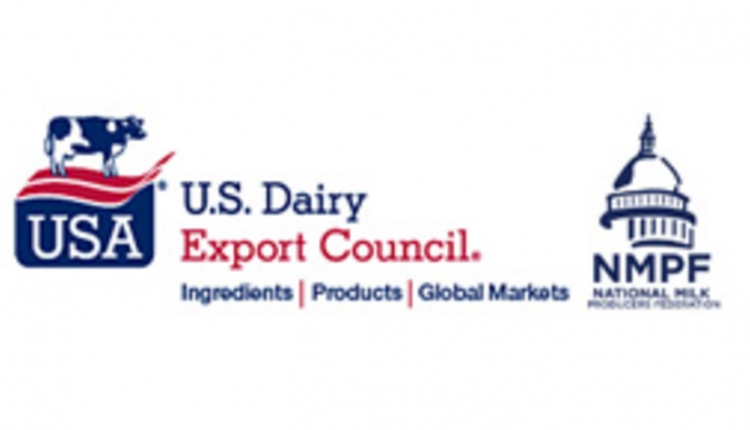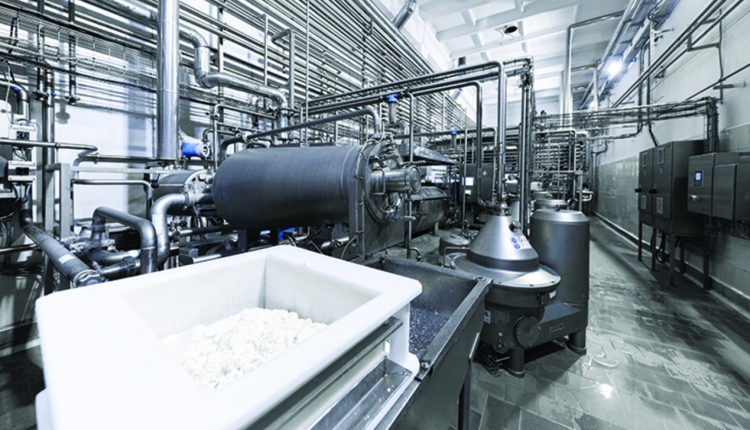The author and her family own and operate a sixth-generation dairy near St. Johns, Mich.

Everyone is now focused on how consumer needs and the market have changed due to COVID-19. It’s an unequivocal fact that COVID-19 has changed consumer behavior. It’s not just in terms of people eating more at home, but how and why they choose foods,” said MaryAnne Drake, a William Neal Reynolds Food Science Professor and Director of the Southeast Dairy Foods Research Center at North Carolina State University. “Dairy needs to accommodate these changes and needs.”
Studies are still occurring throughout the pandemic but in modified ways. It’s now necessary to do research by making use of outdoor tents, takeaway tests, online research, and sanitation protocols, she explained.
“How we get things done has changed, because we need to take so many precautions, but it’s moving now and it’s going to keep moving. This is just a kick that we need to get busy, faster,” said the longtime dairy researcher.
Currently, Drake and her colleagues are researching consumer perception and reality, with the overarching goal of assisting dairy processors in improving taste and more effectively positioning products.
Drake’s research is made possible thanks to dairy farmers, who created the National Dairy Foods Research Center network through their checkoff in 1987. The network consists of six regional centers, encompassing 18 universities and more than 130 subject matter experts. The entire effort is coordinated by the research team from Dairy Management Inc. (DMI).
One of her current studies, “Conflicted health seeker (CHS) parents purchase plant-based milk alternatives despite implicit bias in favor of dairy milk,” looks at the attitudes of conflicted health seeker parents toward dairy milk and plant-based alternatives. The surveyed CHS parents associated dairy milk with nutrition, but they had concerns about processing, animal welfare, food intolerances, and being bored with available dairy milk options.
Their concerns with dairy milk confirm the industry’s challenge for fluid milk, and the results suggest focusing on messaging about milk processing, environmental initiatives, and health benefits of dairy milk.
“As an industry, we need to be thinking about how we strategically and effectively position milk. The fact that it’s nutritious isn’t good enough,” said Drake. “I just saw a television commercial for a plant-based latte and plant-based sandwich, which indirectly says that milk is not a good thing. Plant-based has taken the nutritious position, and we need to show that dairy is nutritious and healthy — and tastes better.”
Drake continued, “School milk is a great place to start.”
Children dislike cardboard
This leads to a study Drake and her colleagues recently published, which evaluated the impact of packaging preferences and perceptions of milk.
In “Child preferences and perceptions of fluid milk in school meal programs,” the researchers found that children placed the highest importance on packaging type. They preferred high-density polyethylene (HDPE) plastic bottles over paperboard cartons.
Even though people sometimes assume that cardboard packaging has a definitive taste, this was proven when trained panelists documented package-related flavors in milk packaged in paperboard cartons (following 10 days at 4°C) that were not observed in milk packaged in polyethylene terephthalate (PET) or HDPE bottles.
In addition, children had a lower overall liking for unflavored milk in paperboard cartons compared to PET and HDPE bottles, and the scores suggested that children can identify paperboard packaging-related flavors and perceive them as undesirable.
To summarize, the researchers suggest that paperboard cartons are less desirable than other packaging types. As a result, policy writers, school meal programs, and milk processors should consider the impact packaging has on children’s milk acceptance and long-term consumption habits.
“This study also highlights how, as an industry, we’ve got to do something different,” advised Drake.
“PET and HDPE bottles also can be recyclable, and many people aren’t aware of that. They think that paperboard is always a greener choice, but if it results in children throwing milk away because it doesn’t taste good, it doesn’t matter,” Drake said.
Unfamiliar terms
Public perception also tied into “Consumer understanding of fluid milk and cheese processing and composition,” a study looking at the effects of unfamiliar label terms like “ultra-filtered” and “ultra-pasteurized.”
The researchers found that for the majority of dairy consumers, purchasing decisions were not impacted by processing terms in milk and cheddar cheese, but they were for cottage cheese. As a result, there is the possibility of product-specific effects, and explaining terms in simple ways may enhance positive perception and purchase intent. The researchers concluded that educating consumers through on-package labeling should be the subject of future studies.
“There was a question of what do consumers know about these terms? Do people know what these mean and is it something they look at on the label? We did 1,200 surveys and additional online interviews to determine these results,” Drake said.
Drake and her colleagues are continuing to develop future studies that look at different dairy products, consumer perception, and buying behavior.
“COVID-19 accelerated what was going to happen in three to five years anyway,” Drake said. “It just amplified the need to change,” she added.








